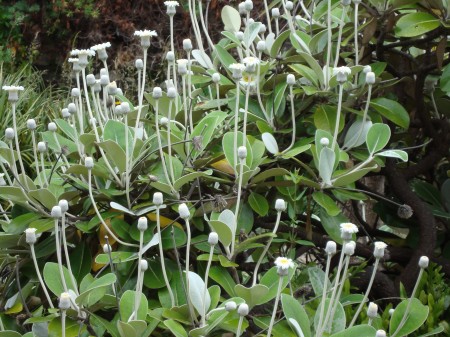Homeopathic Arsen Alb and Arnica to the rescue.
Who says homeopathic remedies are simply placebos? ‘Nothing in them except water and a bit of alcohol’ say some advocates for the drug copanies’ pharmaceuticals.
Recently, a friend came to me with his pet rat called ‘Monty’. Monty could barely breathe. His chest was making an awful rattling sound. His poor wee mouth struggled to open wide with every breath in an effort to find enough air. He was obviously suffering from a bad dose of pneumonia.
The vet could not see him for a couple of days, by which time we guessed he would be dead unless we could fix the pneumonia.
There was another problem: Poor Monty is getting near the end of his years and he now has what looks to be a large cyst or cancerous growth underneath his arm-pit. Considering his age, the vet had previously thought it would not be beneficial to operate. It was decided to let him live a while longer, without operating, since the cancer did not seem to be bothering him at all.
We wondered if the pneumonia was a result of the cancer getting close to his lungs. Perhaps this time the vet might put Monty down next visit.
Anyhow – I got out the Arsen Alb homeopathic liquid. It probably would not cure the cancer, but quite likely it would fix the pneumonia.
Arsen Alb is a fantastic remedy for preventing and curing flu in people, or animals, especially when there is a cough with it. Often it will fix a cough that lasts long after a person has had the flu. It is a marvellous remedy for all kinds of coughs and, like Aconite, is a good remedy to start with if you are unsure about what remedy to use.
So Monty was about to have his very first dose of homeopathy. I reckon he was lucky I had Arsen Alb on hand.
Since I had run out of the straight homeopathic Arsen Alb, I used a combination which has Cantharis and Antimon Crud added to it. I felt that the Arsen Alb remedy would do its work regardless of the added remedies. As it happened, the Cantharis was useful for treating Monty’s bladder, which was showing signs of weakening under the stress of the pneumonia.
That evening, I gave him several drops of the Arsen Alb combination in one dose, sprinkling the remedy around his mouth and nose. Around an hour later, I repeated the dose.
With the second dose of Arsen Alb I also gave Monty some Arnica/Symphytum drops. Just a couple or three drops, again smeared around his mouth and nose.
The Arnica/Symphytum was given mainly to alleviate his stress, although these remedies are often useful also in treating congestion of the lungs.
By morning, Monty was very much improved. Nearly better. The rattling had gone from his chest, and he was not gaping his mouth wide to breathe as he had been doing the night before. He was eating and drinking again, which is always a healthy sign with a sick person or animal. My friend was very very happy to see Monty’s improvement, and grateful for the treatment I had given.
We gave him another dose of Arsen Alb. Then a few hours later, just the Arnica remedy. Then, at night time, some more Arsen Alb, followed by a sprinkling of Arnica again.
The next morning, the day which Monty was booked into the vet’s, he was almost completely recovered.
He was mobile again, and was looking extremely alert and pretty pleased with himself. My friend decided to keep the appointment with the vet anyway, and took him along for a check-up.
Guess what? The vet promptly gave Monty an antibiotic, ‘just in case’, charged my friend $40, and sent them both home after about 10 minutes’ consultation.
I told my friend, who had never used a homeopathic remedy before, that the antibiotic would not have been necessary, as homeopathy had been effective in curing Monty’s pneumonia.
If the correct homeopathic remedy, or remedies, are used, then recovery from infection can be expected within a short time.
The main thing is that one way or another, Monty recovered from the pneumonia. And all due to our homeopathic first aid, in the absence of a ready antibiotic.
He is tearing around the house now, playing with his replacement rat, who is a couple of years younger, happy as a sand-boy for the mean-time.
My new book is out on Amazon. Price is $4.93.





